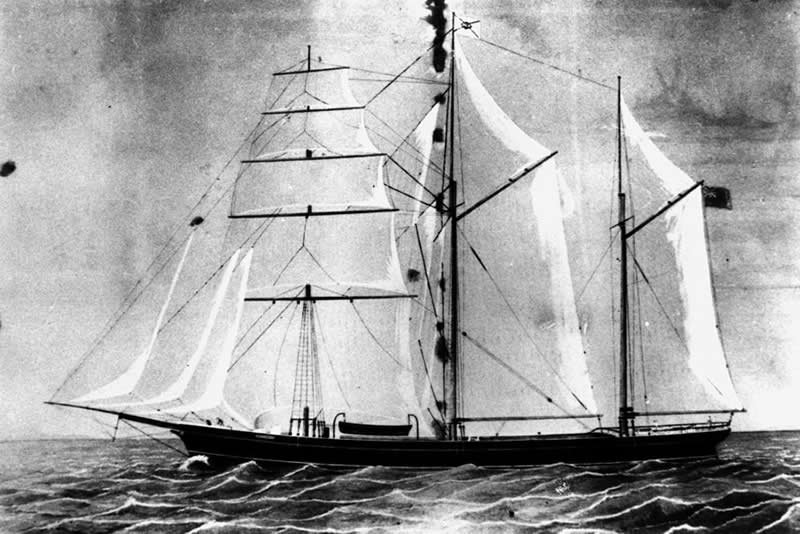
The Speedwell leaked so badly that both ships had to return to England.Ī few weeks later, the pilgrims all boarded the Mayflower and it set sail alone from Plymouth, England on September 16, 1620.Īlthough the Mayflower was a large ship measuring about 80 feet in length and 24 feet wide, the 102 passengers on board led to cramped conditions. The Mayflower set sail from England along with another ship, the Speedwell, on August 15, 1620. In May of 1620, religious separatists known as pilgrims hired Jones and his ship to take them to the mouth of the Hudson River in North America where they had been granted permission to build a colony. Rated at 180 tons (meaning that her hold was capable of accommodating 180 casks or turns of wine), she was approximately three times the size of the Speedwell and about one hundred feet in length.” The Pilgrim’s Voyage on the Mayflower: “The Mayflower was a typical merchant vessel of her day square-rigged and beak bowed, with high, castlelike superstructures fore and aft that protected her cargo and crew in the worst weather, but made beating against the wind a painfully inefficient endeavor. Jones never ventured into the North Sea with the Mayflower again and instead went back and forth between France and Spain delivering wine, cognac and vinegar, according to the book Mayflower: A Story of Courage, Community and War: The ship began leaking during a storm on the way back to England and the crew had to dump some of its cargo overboard to save it.


Jones’ first voyage on the Mayflower was to Norway in 1609 where the ship transported fish, lumber and tar.

The Mayflower was a European cargo ship in the years before its voyage to the New World with the pilgrims. Model of Mayflower ship at Pilgrim Hall, Plymouth, Mass, circa 1905


 0 kommentar(er)
0 kommentar(er)
